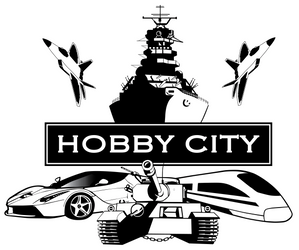
A beginners guide to model railways
Model railways are a fascinating hobby that allow you to recreate the sights and sounds of trains in miniature. Whether you're a seasoned train enthusiast or just looking for a fun new hobby, model railways are a great way to get started. In this guide, we'll take you through everything you need to know to get started in the world of model railways.
-
Choose your scale The first step in starting a model railway is to choose a scale. Scale refers to the ratio of the model train to the real-life train. The most common scales are HO (1:87), N (1:160), and O (1:48), but there are many other scales available. Consider the size of the space you have available for your railway and your budget when choosing a scale.
-
Plan your layout Once you've chosen your scale, it's time to plan your layout. Consider the size of the space you have available and the features you want to include, such as mountains, tunnels, and bridges. Sketch out your layout on paper before you start building to make sure everything fits.
-
Gather your materials To build your model railway, you'll need track, trains, scenery materials, and tools. You can find all of these at Hobby City. Don't forget to also purchase any necessary accessories, such as power packs, switch machines, and lighting.
-
Build your baseboard Your baseboard is the foundation of your model railway. You can purchase a pre-made baseboard or build one yourself using plywood or other materials. Make sure your baseboard is sturdy and level to ensure that your railway runs smoothly.
-
Lay your track Laying your track is the next step. Start with a simple loop of track and gradually add complexity as you become more experienced. Make sure your track is level and secure, and test your trains to ensure they run smoothly.
-
Add scenery Adding scenery is where the real fun begins. You can use materials like foam, plaster, and paint to create mountains, rivers, and trees. You can also purchase pre-made buildings and structures or build them yourself using kits.
-
Power up To power your model railway, you'll need a power pack. Make sure your power pack is appropriate for your scale and follow the manufacturer's instructions carefully.
-
Run your trains Now that your railway is complete, it's time to run your trains. Start by running one train at a time and gradually add more as you become more experienced. Don't forget to enjoy the sights and sounds of your miniature world.
-
Maintain your railway Maintaining your model railway is important to ensure it runs smoothly. Clean your track regularly and make sure all electrical connections are secure. Store your trains and accessories carefully when not in use.
Model railways are a fun and rewarding hobby that can provide years of enjoyment. With a little planning and some basic materials, you can create your own miniature world of trains. Happy modeling!
Visit our model railway section to begin your railway journey

Leave a comment